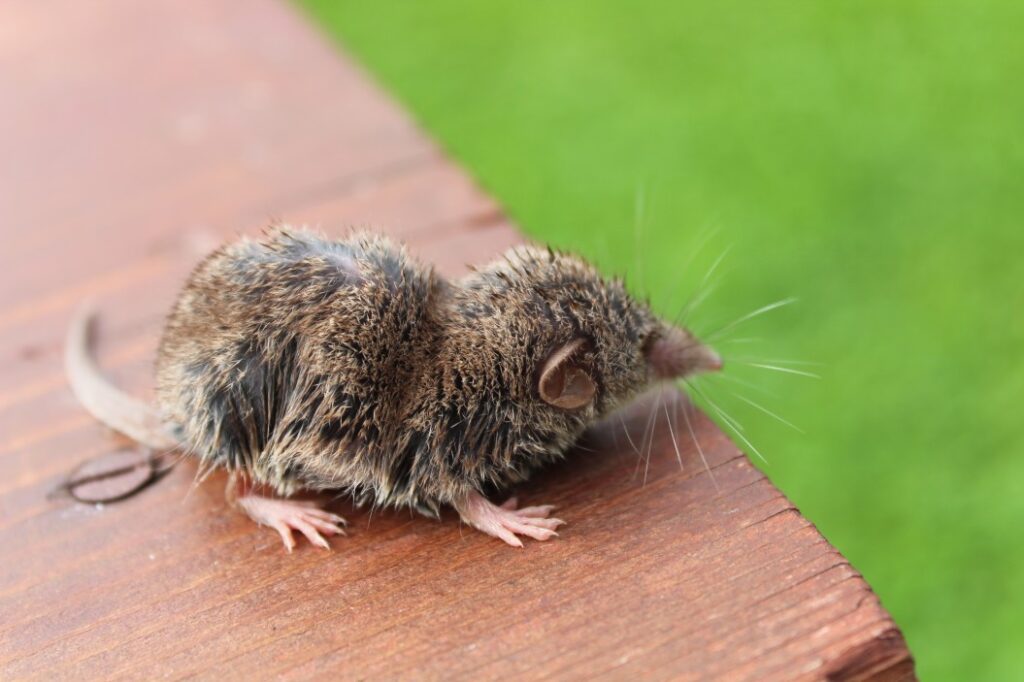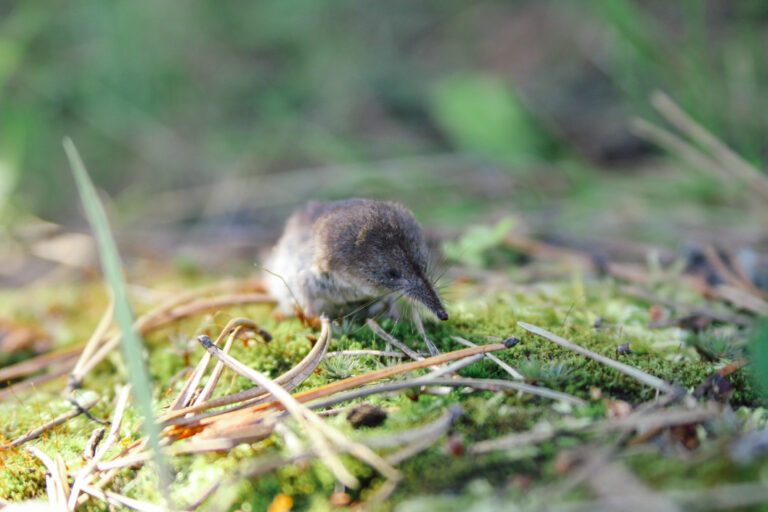
January 27, 2022
Do Shrews Dig Holes And Live Underground In My Yard?
The shrew has a long, pointed snout and protruding whiskers. It might look cute but it is a dangerous little animal and an outdoor pest that can be often found digging its way through yards. For its residence, it either builds its burrow from scratch or takes over an abandoned burrow from other rodents like chipmunks or moles.
You might often notice several one-inch-diameter entrance holes are left around the yard by shrews when they dig their underground tunnel systems. In the wild, these holes are most likely found in areas with damp, shaded, overgrown vegetation.
But shrews do not discriminate and they also love to dig holes in gardens and yards. Unfortunately, this causes a lot of damage for homeowners. While these animals are at it, they’ll often uproot entire plants. In addition, their shallow tunnels in lawns can become a safety hazard for people.
Keep reading to learn more about shrews digging and living in your yard.
Do Shrews Dig Tunnels, Burrow, Or Nest Underground?
Shrews are ground animals that live in a great variety of habitats. Most of them prefer locations that are well-covered shelters under the ground so that they can be protected against predators and the harsh winter weather.
The exact habitat depends on the species, but in most cases, shrews make their home in your yard, either underground in abandoned burrows, or by burrowing underneath flat rocks, tree stumps, blocks of pavement, big rotting wood logs, in vegetation like bushes, in tree cavities, and in the crevices of house foundations.
They dig small tunnels that often lead to the entrance opening of the burrow. Because of their location, you can tell them apart from the rest of the holes in the yard. This is also due to the size and angle of the holes, which makes it easier to identify them as the holes dug out by shrews. These mammals can also excavate tiny, dime-sized holes in the lawn in order to gain access to mole tunnels.
Shrews are not as much destructive as moles and voles, thus, many people choose to leave them alone. Foraging for insects, worms, spiders, snails, and grubs in the grass, shrews search for them both above and below the ground.
Unlike other small mammals, shrews do not create surface tunnels. Instead, they prefer to tunnel underground and use the runways and tunnels constructed by larger animals such as voles or moles.

How Deep Can Shrews Dig?
The shrews have strong front feet with 5 clawed toes on each foot, which enables them to dig deep into the ground. They remove the loose soil and dirt from the tunnel with the help of their hind feet by kicking it out, or by pushing it out with their elongated snout.
On average, the burrows are around 4 inches deep below the surface, but in the most extreme cases, as much as 20 inches can be dug into the ground. The burrow is flat inside, both on the bottom and at the top. The nest itself is made inside the burrow and is covered with fur or dense, dry vegetation.
Do Shrews Come Above The Ground?
Similar to mice and rats, shrews are great climbers. They can also jump up for more than 4 inches in the air, which makes them very agile. They need to be constantly on the move, so they come above the ground from time to time, particularly at night, as they are nocturnal animals. You can sometimes notice them running on the ground rapidly with jerky movements.
If not staying in their burrows, shrews can be sometimes found scurrying on the ground, or getting around in runways made in leaves and other surface litter or snow. However, this wildlife spends most of its time underground.
With that said, shrews are not afraid to enter homes searching for food or shelter, even if they prefer to live outdoors.
For the most part, the yard damage caused by shrews consists of underground tunnels and holes they dig in search of food. Shrews are one of the most voracious wildlife that can invade people’s residences, thus, causing a lot of destruction. Having a very high metabolism, they need to feed almost continuously.
Shrews are known for gnawing on tree bark, chewing grass and plant roots in yards. They also contaminate food sources, such as vegetables and fruits in the garden, with their urine and droppings.
Despite that, as they can be easily mistaken for voles, shrews might get all the blame for destroyed yards. But in general, even though they can ruin the look of your lawn with their holes, these mammals are beneficial as they are important members of the ecosystem. They prey on species such as rodents, harmful insects, and other outdoor pests.
However, if the shrews have invaded your property and have become a nuisance, they may need to be eliminated. Call Westchester Wildlife for advice or schedule an appointment with one of our experienced and knowledgeable pest and wildlife professionals.
All in all, the best way to get rid of shrews in the yard is through trapping. But these animals run fast and can easily escape without being caught. If you need help trapping and removing a shrew from your home or yard, get in touch with our team in Westchester, Dutchess, Putnam Counties in NY, or Fairfield County in CT. We will be happy to assist you!
